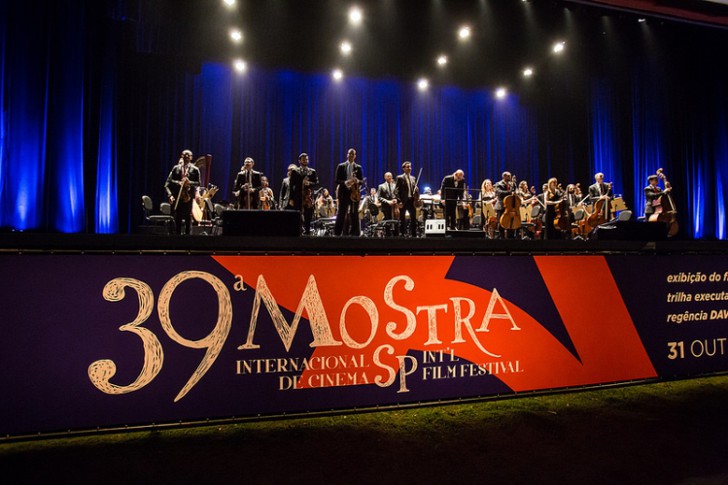The São Paulo Film Festival was inaugurated in 1977. That year, the São Paulo Museum of Art marked it 30th anniversary, and film critic and the head of the museum’s film department Leon Cakoff wanted to celebrate it with a film festival. Cakoff had already organized successful screenings of foreign films, including films that had no Portuguese subtitles. Large audience turnout at these pre-festival screenings had proved that São Paulo was ready for an international film festival.
The inaugural São Paulo International Film Festival offered 16 feature films and 7 short films from 17 countries. The screenings took place at the Grand Auditorium of the São Paulo Museum of Art. The first edition of the festival inaugurated the Audience Prize that has been awarded annually ever since. The first film to win the festival’s Audience Prize was Héctor Babenco’s Lucio Flavio. As the country was under military dictatorship at the time, one of Brazilian newspapers noted that the festival was the only place in the country where people had the right to vote.
During the first seven years, the festivals was held at the museum and often faced censorship. Many foreign films had to be shown to a censorship committee before being screened at the festival. But in 1984 the festival left the museum and stood up to the censors. A year later, the festival was freed from government censorship.
Today, the Mostra is considered the most important international film festival in Brazil and the country’s main gateway to world cinema. Every year, its program features over 300 films from across the globe. The screenings are held at more than a dozen theaters throughout the city of São Paulo.
The program of the festival is divided into several sections including New Directors Competition, International Perspective, Retrospective, Tribute, Special Screenings, and Monstra Brasil (premiere screenings of Brazilian films). To be eligible for participation in the New Directors Competition, filmmakers should have made a maximum of two features. Films with the most votes from the audience are seen by the International Jury, which awards the Bandeira Paulista prize to the best ones.

Photo by Mario Miranda Filho/Agência Foto




